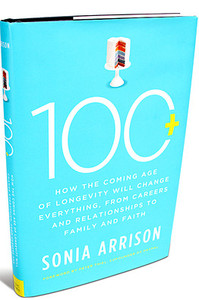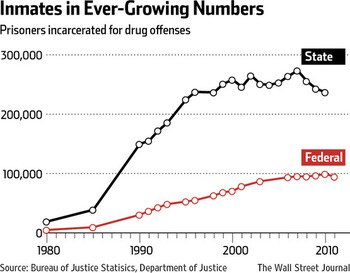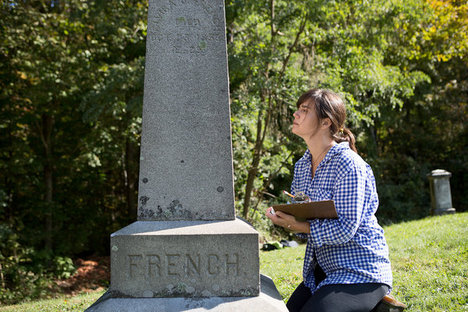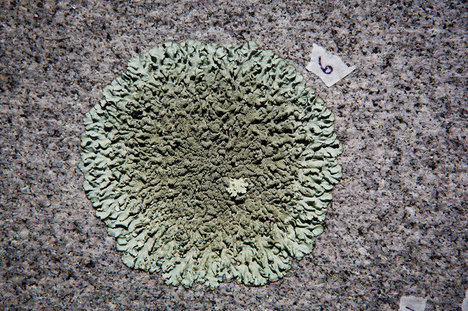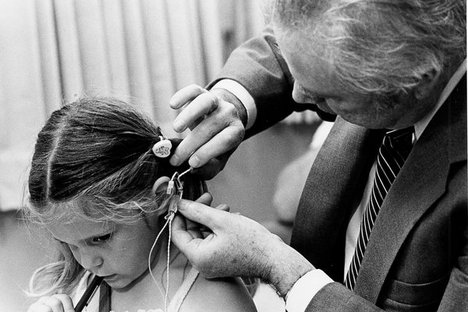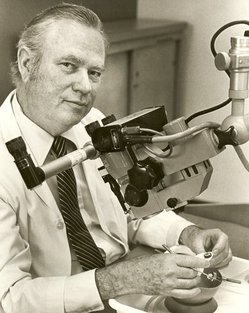 “Theodore Ogunbiyi-Roche, 10, who is visiting from London, drank a large soda in Times Square . . . ” Source of caption and photo: online version of the NYT article quoted and cited below.
“Theodore Ogunbiyi-Roche, 10, who is visiting from London, drank a large soda in Times Square . . . ” Source of caption and photo: online version of the NYT article quoted and cited below.
(p. A18) . . . , New Yorkers are cool to Mayor Michael R. Bloomberg’s plan to prohibit sales of large sugary drinks in city restaurants, stadiums and movie theaters, according to a . . . poll by The New York Times.
Six in 10 residents said the mayor’s soda plan was a bad idea, compared with 36 percent who called it a good idea. A majority in every borough was opposed; Bronx and Queens residents were more likely than Manhattanites to say the plan was a bad idea.
. . .
. . . those opposed overwhelmingly cited a sense that Mr. Bloomberg was overreaching with the plan and that consumers should have the freedom to make a personal choice . . .
“The ban is at the point where it is an infringement of civil liberties,” Liz Hare, 43, a scientific researcher in Queens, said in a follow-up interview. “There are many other things that people do that aren’t healthy, so I think it’s a big overreach.”
Bob Barocas, 64, of Queens, put it more bluntly: “This is like the nanny state going off the wall.”
For the full story, see:
MICHAEL M. GRYNBAUM and MARJORIE CONNELLY. “60% in City Oppose Soda Ban, Calling It an Overreach by Bloomberg, Poll Finds.” The New York Times (Thurs., August 23, 2012): A18.
(Note: ellipses in caption and article added.)
(Note: the online version of the story has the date August 22, 2012, and the title “60% in City Oppose Bloomberg’s Soda Ban, Poll Finds.”)





